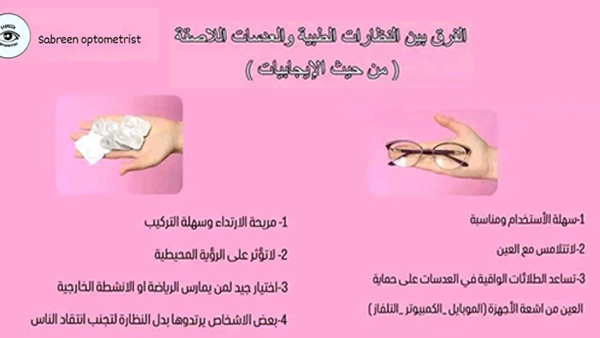When choosing the right pair of eyeglasses, precision in facial measurements is essential for both comfort and visual performance. Below are the key dimensions that opticians use globally:
- Pupillary Distance (PD)
Distance between the centers of both pupils, usually between 54–74mm in adults. This is vital to correctly position lenses for optimal focus. - Bridge Width
The space between the two lenses resting on the nose. A good fit prevents pressure or slippage. - Frame Width
Total width including lenses and bridge. It should match your face width for a balanced look and feel. - Lens Height
Vertical size of each lens, important especially for progressive or bifocal lenses. - Temple Length
Arm length (135–145mm) that extends to the ears. It must be comfortable behind the ears. - Pantoscopic Tilt
The lens tilt (typically 7–15 degrees) to improve viewing angles. - Base Curve
Front curvature of the lenses, tailored to match your facial contours. - Face Clearance
Proper space between the frame and cheeks, avoiding contact while smiling. - Bridge Height
The vertical position of the bridge on the nose, crucial for preventing slipping. - Eye Position Within the Lens
The pupil should ideally be centered or slightly above the middle of the lens.
Additional Factors:
- Face shape: Determines frame style (round, oval, square, rectangular).
- Lifestyle needs: Daily activities influence frame choice (sports, work, screen time).
Accurate fitting involves specialized tools and professional measurement to ensure the best results for comfort, aesthetics, and optical alignment.
A Kiss That Can Blind: The Silent Threat of HSV-1 in Children
A heartbreaking case recently emerged:
A 2-year-old child lost vision after being kissed by someone carrying the herpes simplex virus (HSV-1).
What is HSV-1?
HSV-1, commonly known as oral herpes, spreads easily—even when no visible cold sores are present. For infants and toddlers, the risks are severe due to their underdeveloped immune systems.
Possible Complications:
- Eye infections leading to blindness
- Herpes encephalitis: inflammation of the brain
- Meningitis
- Severe fever, seizures, and even death if not diagnosed in time
How to Protect Your Child:
- Avoid kissing babies if you have a cold sore or recent outbreak
- Wash your hands regularly
- Never share cups, utensils, or towels with infants
- Educate friends and family on the dangers of HSV-1




Leave a comment